Remote Patient Monitoring in Brooklyn

Reducing Hospital Readmission Rates in Brooklyn
Amelia Home Care addresses avoidable readmissions by blending live 24/7 Professional Remote Care Coordination (RCC) with the latest intuitive remote patient monitoring.
Our team provides timely interventions, bridges external care services, and addresses patient psychosocial needs. RCCs collect and share patient data with the healthcare team, a key pillar in preventing avoidable readmissions.
With thousands of patients, Amelia Home Care is seeing a reduction in readmission rates of 91 to 95 percent.
Remote Care Coordination in Brooklyn
Our Remote Care Coordinators (RCCs) provide face-to-face, video chat interactions with your patients to monitor and assist in adherence and reducing readmissions while improving clinical patient outcomes.
With the ability to visually record patient vitals, assess patient needs for medication refills, food, transportation to medical appointments, and social interactions, our coordinators develop personalized patient care with established protocols.
Available 24/7, RCCs cover the extended hours and weekends when staffing from Home Health is typically limited. Amelia Home Care patients thrive with more attention and interaction, and their satisfaction scores prove it!
Care Pathways for Brooklyn Clients
Amelia Home Care has over 95 Care Pathways currently available to our clients including combination pathways for patients with multiple co-morbidities.
These pathways include branch logic and RCC protocol for follow-up questions. Our RCCs are trained to identify and report issues with post-acute and post-surgical patients, including the identification of SIRS criteria, which may lead to sepsis.
In addition to pathways questions, vital signs, and video conferencing, we have educational videos, teach-back questions, reminders, and the ability to assist patients in obtaining appointments, video-conferencing with family members, and other members of the care team.

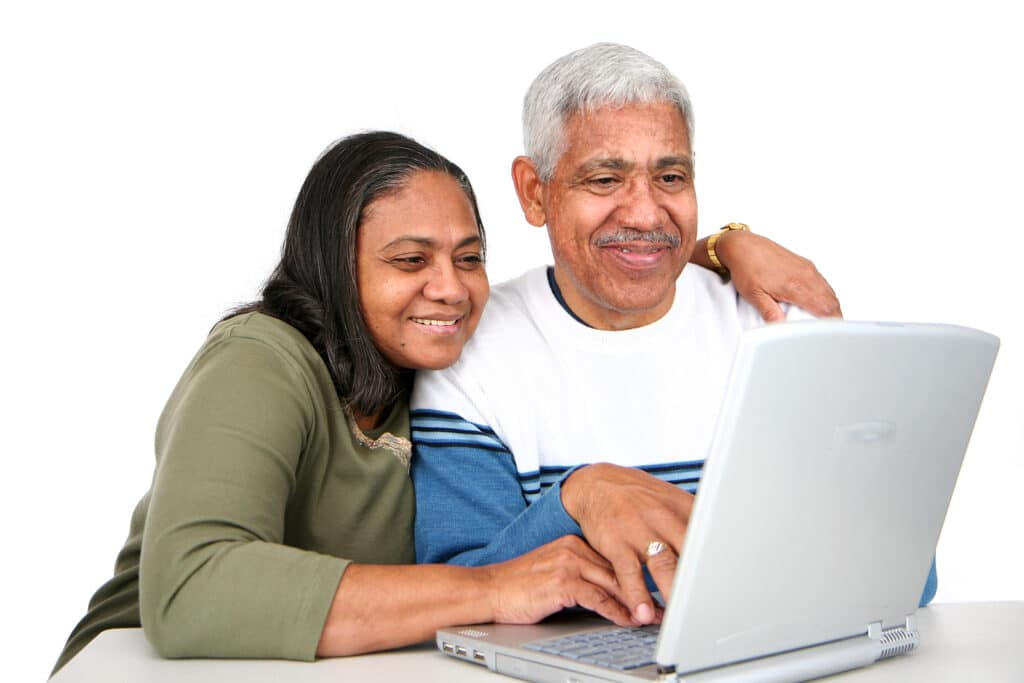
Psychosocial Needs and Socialization for Brooklyn Residents
Often, many of our patients are seniors between 70 to 95 years old, and many are lonely and isolated. The RCC’s responsibility is to engage in casual conversations, beyond the illness and discuss life, and joyful matters.
For patients who require more attention, often receive multiple video calls per day and are assigned to volunteers to check in with the patients.
The results are astonishing, leading to reduction of readmissions, happier patient satisfaction, and increased RPM utilization rate.
Amelia Home Care Health Platform
Based on the patient’s capability and comfort level utilizing their preferred communication device, Amelia Home Care provides a variety of platforms to ensure as many patients are enrolled in the program as possible.
For patients accustomed to utilizing their own personal smartphone or tablet (Apple or Android), an easy-to-download application is provided.
A telehealth kit, which consists of a tablet with built-in internet and wireless medical devices and is intuitive to operate, can be delivered to the patient’s home.
If both are not viable options, their assigned RCC can render phone calls to retrieve ongoing data collection so no patient is left out of the program.
Authorized physicians, nurses, nursing staff, and Home Health agencies will have access to patient data and telehealth communication with the patient based on their security access privileges.
Oftentimes, physicians and nurses find it more convenient to work with the assigned RCC.
Based on schedule or ad hoc calls, the RCC can engage the physician on a group video conference with the patient by sending a link to the physician’s email or phone.
Upon clicking the link, the physician will be able to join the secured video conference call with the patient.
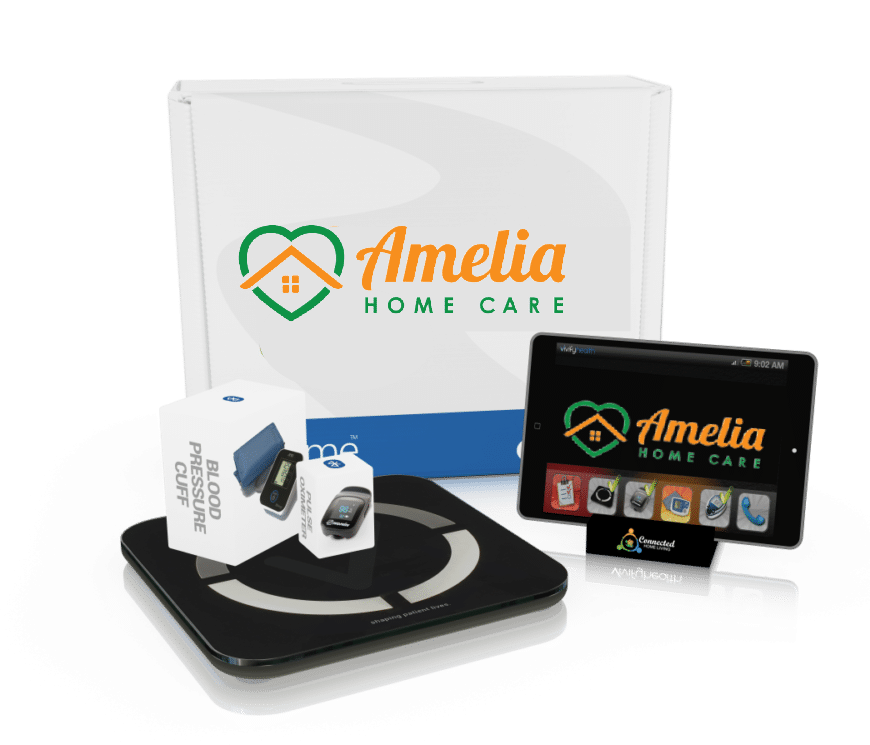
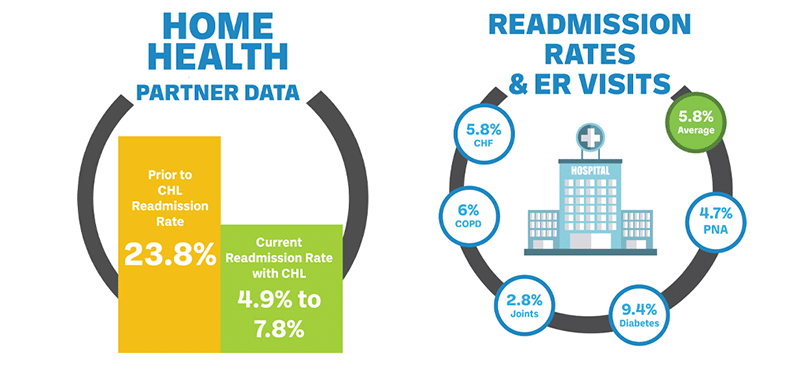
How We Help Hospitals and Health Systems in Brooklyn
TURN-KEY communication center for efficient coordination of care – no implementation or set up fee.
FACILITATE safe return to home – enabling shorter hospital length of stay.
REDUCE unnecessary hospital readmissions.
ENABLE the efficient and streamlined monitoring of post-acute care.
MANAGE the volume of incoming data based upon clinically defined thresholds.
COLLECT clinically meaningful data to enhance and adjust care.
SUPPORT client/patient autonomy through education and communication.
ENHANCE resource management to ensure clinical visits are necessary, with documented justification.
DRIVE value-based care by increasing and enhancing ongoing interactions between patients and clinicians.
DEFINE the standard of care in the marketplace.
How We Help Physician Groups in Brooklyn
TURN-KEY remote monitoring communication center for efficient coordination of care.
FACILITATES ease of access to patient data.
MANAGES the volume of incoming data based upon clinically defined thresholds.
COLLECT clinically meaningful data to enhance and adjust care.
SUPPORT the delivery of higher quality care to more patients.
REDUCE unnecessary hospital readmissions.
ENABLE the efficient and streamlined monitoring of post-acute care.
SUPPORT client/patient autonomy through education and communication.
ENHANCE resource management to ensure clinical visits are necessary, with documented justification.
POSITION practice for the value-based care market by increasing ongoing interactions between patients and clinicians.
DEFINE the standard of care in the marketplace.
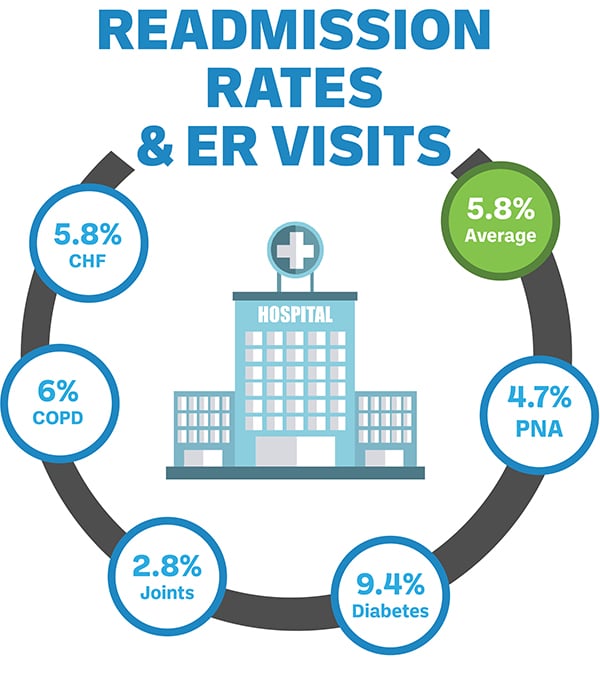

How We Help Accountable Care Organizations Who Serve Brooklyn
- CHRONIC CARE management supporting a reduction in Medicare costs.
- IMPROVED communication channels between multiple providers and specialists.
- ENABLE enhanced care coordination throughout the medical care continuum.
- REDUCE unnecessary and redundant healthcare service.
- FACILITATE your ability to meet CMS standards for cost savings.
- COLLECT clinically meaningful data to enhance and adjust care.
- SUPPORT client/patient autonomy through education and communication.
- ENHANCE resource management to ensure clinical visits are necessary, with documented justification.
- DRIVE value-based care by increasing and enhancing ongoing interactions between patients and clinicians.
- ENGAGE patients in their care and drive patient centricity.
Programs and Plans

Amelia's Tele-Home Care Family Pack for Brooklyn Residents
How Does Virtual Caregiving Work?
- Sign-up loved ones based on their needs and technological ability using a smartphone, tablet, computer or landline
- Amelia Home Care develops a care plan and trains your loved ones to use our telehealth solution
- Daily Health Surveys monitor your health
- Live Remote Care Coordinators (RCCs) evaluate your needs and provide support
- RCCs escalate issues to a Family Member or Nurse, based on pre-defined protocols
- Nurse or Physicians may assess and treat patient using video triage*
- RCC can coordinate medication, food, and supplies
Are you ready for an Amelia Home Care Certified Technologist to install and train your family to be connected and safe. With Amelia’s Tele-Home Care Family Pack, Seniors can live independently longer, safe from falls and other common concerns.
There’s an emergency button to request help at anytime, and also activity sensors that will detect hazards and call for help when it’s need.
Seniors can live independent longer, safe from falls and other common concerns, with Amelia’s Tele-Home Care Family Pack.
There’s an emergency button to request help at anytime, and also activity sensors that will detect hazards and call for help when it’s need.
Best of all, caregivers can check in anytime – without disturbing the senior or invading their privacy.
How Does Amelia’s Tele-Home Care Family PackWork?
Amelia Home Care is a Certified Technologist that Installs and Trains for You!
Install The Family Pack.
A personal assist button, front and back door entry sensors, and motion sensors for the Kitchen, Hallway, and Living Room are easy to install. It includes everything you need to address concerns of falls, wellness, and loneliness in a new collaborative way. Installation is fast and simple.
The activities of daily living are learned.
The normal lifestyle patterns of the senior are privately learned, without a wearable, and insights can be accessed by members of your Trusted Circle of friends and family.
Smart Home Center
This makes your home intelligent. Simply plug it in to power and plug in a wired internet connection. The free app will walk you through the whole process.
Personal Assist Button
Push it at any time to alert the people in your Trusted Circle and let them know that assistance is needed. Or change its behavior to record access to medication.
Front Door and Back Door Entry Sensors
They attach to a home’s high-traffic doors in just minutes so you can know when someone comes and goes. Install extras on medicine cabinets, refrigerators, and microwaves.
Kitchen, Hallway, and Living Room Motion Sensors
They alert for potential falls, sleep problems, and more. We recommend one motion sensor every 500 square feet of living space, so the base pack covers about 1,500 square feet.
Professional Monitoring. 24/7.
When lifestyle patterns change unexpectedly, automatically alert your Trusted Circle and the Emergency Call Center to get help fast.
The Amelia Home Care Trusted Circle
This intelligent system uses easy to install wireless sensors around the home (no cameras) to learn daily activity patterns and alerts family, professional caregivers, and emergency services (if necessary) of falls and potential hazards even if the emergency button is out of reach.
The Trusted Circle is an exclusive group of contacts who care for the wellbeing of a friend or loved one using Amelia Home Care Family in their home.
Trusted Circle contacts receive Group SMS Notifications and In-App Push Notifications to actively participate and immediately respond to falls and other potential hazards or simply stay in the know. Contacts can also use the Amelia Home Care Family app to get real-time wellness status updates, daily reports, and more.
Join the Trusted Circle
- You will receive a text message invitation from Amelia Home Care.
- Click on the provided link, download the Amelia Home Care app, and follow the instructions to setup your Amelia Home Care account.
- Add the Amelia Care Family Emergency Call Center phone number to your contact list for safekeeping. Unknown numbers are often considered SPAM so it’s best to be ready to help when called upon


How it Works
This intelligent system uses easy to install wireless sensors around the home (no cameras) to learn daily activity patterns and alerts family, professional caregivers, and emergency services (if necessary) of falls and potential hazards even if the emergency button is out of reach.

Know that everything is okay. Get real-time wellness status updates, daily reports, and more.
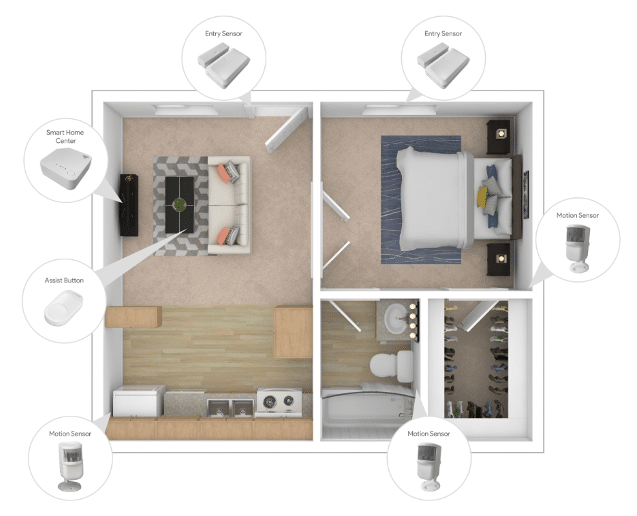
Monitors the home 24/7 including fall detection, failure to return, sleep monitoring, and more.
When problems arise, Amelia Home Care Family communicates outward in a tiered escalation methodology as urgency increases. This approach gives family and professional caregivers an opportunity to get involved and deescalate issues before dispatching Emergency Services.

Get alerted and know what’s happening.
Get involved right away to help resolve the issue.
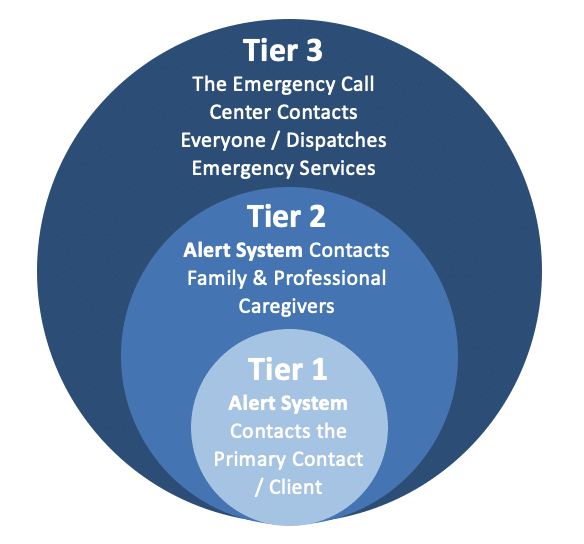
Group SMS Notifications, In-App Push Notifications,
24/7 Call Center, & Emergency Services
Features for Every Lifestyle
Captures and describes lifestyle patterns into the app
- Check-in remotely, review the Daily Report, and know where people were last seen.
- Detects when people are home, away, or sleeping.
- Record access to medication with a variety of medication activity sensors.
Measures sleep quality with an activity sensor in the bedroom. - Track trips to the bathroom, showers, and bathroom falls with a bathroom motion sensor.
- Identifies meal activities with access to the microwave, coffee, and fridge.
Alerts when problems are detected
- Fall detection without a button: alerts on unexpected inactivity in the home.
- Medical alert button to call for emergency help or simply request assistance.
- Alert if occupants do not get up in the morning.
- Notify if occupants did not make it to the bedroom at night.
- Detect if the stove is left on, unattended.
- Delivers reminders if people forgot to take medication.
- Mold and mildew detection with added humidity sensors.
- Integrates fall and SOS alerts from Apple Watch and Samsung Galaxy Watch.
- Uses text messages for alerts, so family participants don’t have to download an app.
Proven to help fight senior depression, loneliness, and isolation
- Coordinates and assigns a new family member to reach out each day, with suggestions on what to talk about from the last person.
- Smart Speaker support to control the home, play music, and connect family.
Adds needed support for Dementia and Alzheimer’s
- Alerts when perimeter doors open to detect wandering.
- Predicts when occupants should arrive back home, and alerts if they’re not.
- Pings your phone if someone is caught roaming around the house at night.
- Water leak detection for the bathroom and toilet.
Expandable
- Apple Watch and Samsung Galaxy Watch keep track of falls.
- Amazon Alexa and Google Home integrate to control with your voice.
- Smart Locks secure the home and provide access to the Trusted Circle.
- Smart Bulbs and Plugs to control lighting and appliances with your voice.
- Connected Thermostats integrate to control comfort and save energy.
- Security system enabled with a siren and keypad helps seniors feel in control.
About Brooklyn
Brooklyn is a borough of New York City, coextensive with Kings County, in the U.S. state of New York. It is the most populous county in the state, the second-most densely populated county in the United States, and New York City’s most populous borough, with an estimated 2,648,403 residents in 2020. Wikipedia
Brooklyn (/ˈbrʊklɪn/) is a borough of New York City, coextensive with Kings County, in the U.S. state of New York. It is the most populous county in the state, the second-most densely populated county in the United States,[7] and New York City’s most populous borough,[8] with an estimated 2,648,403 residents in 2020.[4] If each borough were ranked as a city, Brooklyn would rank as the third-most populous in the U.S., after Los Angeles and Chicago.
Named after the Dutch village of Breukelen, it shares a land border with the borough of Queens, on the western end of Long Island. Brooklyn has several bridge and tunnel connections to the borough of Manhattan across the East River, and the Verrazzano-Narrows Bridge connects it with Staten Island. With a land area of 70.82 square miles (183.4 km2) and a water area of 26 square miles (67 km2), Kings County is New York state’s fourth-smallest county by land area, and third-smallest by total area.
Brooklyn was an independent incorporated city (and previously an authorized village and town within the provisions of the New York State Constitution) until January 1, 1898, when, after a long political campaign and public relations battle during the 1890s, according to the new Municipal Charter of “Greater New York”, Brooklyn was consolidated with other cities, towns, and counties, to form the modern City of New York, surrounding the Upper New York Bay with five constituent boroughs. The borough continues, however, to maintain a distinct culture. Many Brooklyn neighborhoods are ethnic enclaves. Brooklyn’s official motto, displayed on the Borough seal and flag, is Eendraght Maeckt Maght, which translates from early modern Dutch as “Unity makes strength“.
In the first decades of the 21st century, Brooklyn has experienced a renaissance as a destination for hipsters,[9] with concomitant gentrification, dramatic house price increases, and a decrease in housing affordability.[10] Some new developments are required to include affordable housing units. Since the 2010s, Brooklyn has evolved into a thriving hub of entrepreneurship, high technology start-up firms,[11][12] postmodern art[13] and design.[12]
Brooklyn’s neighborhoods are dynamic in ethnic composition. For example, the early to mid-20th century, Brownsville had a majority of Jewish residents; since the 1970s it has been majority African American. Midwood during the early 20th century was filled with ethnic Irish, then filled with Jewish residents for nearly 50 years, and is slowly becoming a Pakistani enclave. Brooklyn’s most populous racial group, white, declined from 97.2% in 1930 to 46.9% by 1990.[46]
The borough attracts people previously living in other cities in the United States. Of these, most come from Chicago, Detroit, San Francisco, Washington, D.C., Baltimore, Philadelphia, Boston, Cincinnati, and Seattle.[47][48][49][50][51][52][53]
- Brookdale University Hospital and Medical Center[159]
- Kings County Hospital Center
- NYC Health + Hospitals/Kings County
The Brooklyn Bridge is a hybrid cable-stayed/suspension bridge in New York City, spanning the East River between Manhattan Island and Brooklyn on Long Island. Opened on May 24, 1883, the Brooklyn Bridge was the first fixed crossing of the East River. It was also the longest suspension bridge in the world at the time of its opening, with a main span of 1,595.5 feet (486.3 m) and a deck 127 ft (38.7 m) above mean high water. The span was originally called the New York and Brooklyn Bridge or the East River Bridge but was officially renamed the Brooklyn Bridge in 1915.
Proposals for a bridge connecting Manhattan and Brooklyn were first made in the early 19th century, which eventually led to the construction of the current span, designed by John A. Roebling. The project’s chief engineer, his son Washington Roebling, contributed further design work, assisted by the latter’s wife, Emily Warren Roebling. Construction started in 1870, with the Tammany Hall-controlled New York Bridge Company overseeing construction, although numerous controversies and the novelty of the design prolonged the project over thirteen years. Since opening, the Brooklyn Bridge has undergone several reconfigurations, having carried horse-drawn vehicles and elevated railway lines until 1950. To alleviate increasing traffic flows, additional bridges and tunnels were built across the East River. Following gradual deterioration, the Brooklyn Bridge has been renovated several times, including in the 1950s, 1980s, and 2010s.
The Brooklyn Bridge is the southernmost of four toll-free vehicular bridges connecting Manhattan Island and Long Island, with the Manhattan, Williamsburg, and Queensboro bridges to the north. Only passenger vehicles and pedestrian and bicycle traffic are permitted. A major tourist attraction since its opening, the Brooklyn Bridge has become an icon of New York City. Over the years, the bridge has been used as the location of various stunts and performances, as well as several crimes and attacks. The Brooklyn Bridge has been designated a National Historic Landmark, a New York City landmark, and a National Historic Civil Engineering Landmark.

Map of Brooklyn
Map of Directions from Brooklyn to Amelia Home Care
Driving Direction from Brooklyn to Amelia Home Care
Brooklyn, New York
Take Eastern Pkwy and Rockaway Pkwy to Linden Blvd
14 min (2.8 mi)
Turn left onto Linden Blvd
3 min (0.8 mi)
Get on Belt Pkwy/Shore Pkwy from Granville Payne Ave/Pennsylvania Ave
10 min (2.1 mi)
Follow Belt Pkwy to Shore Pkwy. Take exit 7B from Belt Pkwy/Shore Pkwy
8 min (7.0 mi)
Continue on Shore Pkwy. Take Ocean Pkwy to Ocean Parkway Service Rd
8 min (1.2 mi)
3007 Ocean Pkwy
Brooklyn, NY 11235